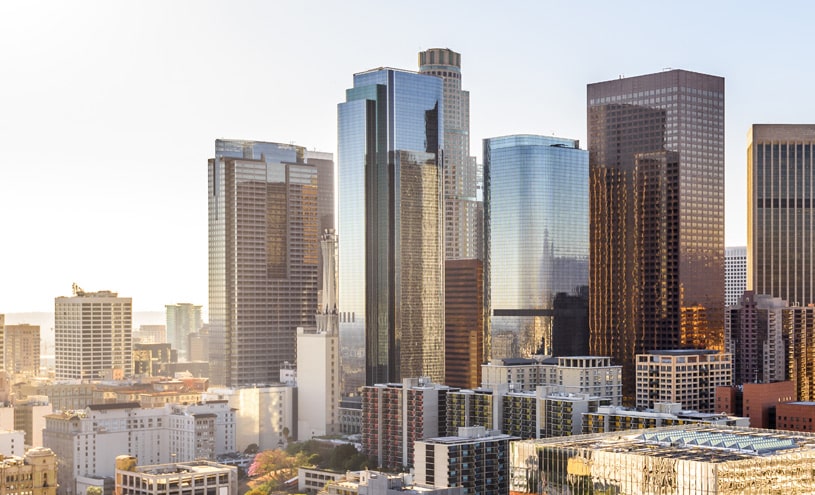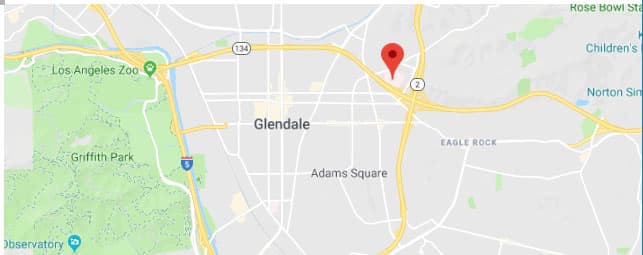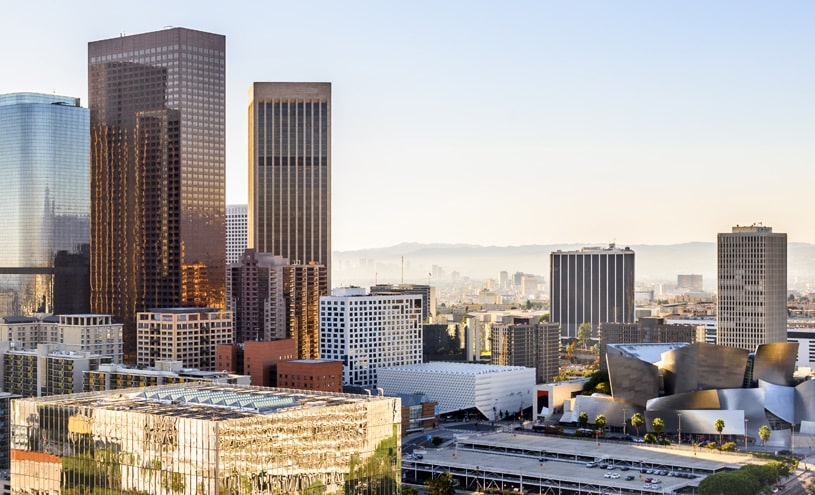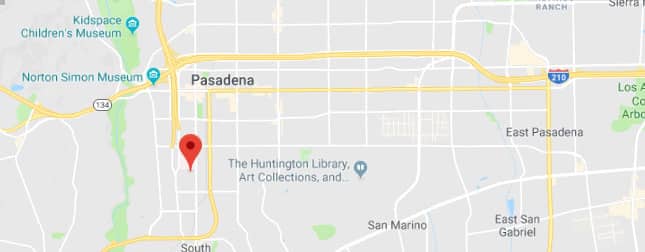 Your eyes are one of the first features people notice—and unfortunately, they’re also one of the first places to show signs of aging. Drooping lids, under-eye bags, or sagging skin can make you look tired or older than you feel. Eyelid surgery (blepharoplasty) is designed to restore a refreshed, youthful appearance by removing or repositioning skin, muscle, and fat around the eyes. But one of the first questions patients ask is: should I get upper eyelid surgery, lower eyelid surgery, or both? Dr. Eric Yavrouian provides eyelid surgery to patients in Glendale, Pasadena, Burbank, Greater Los Angeles, Beverly Hills, CA, and surrounding communities.
Your eyes are one of the first features people notice—and unfortunately, they’re also one of the first places to show signs of aging. Drooping lids, under-eye bags, or sagging skin can make you look tired or older than you feel. Eyelid surgery (blepharoplasty) is designed to restore a refreshed, youthful appearance by removing or repositioning skin, muscle, and fat around the eyes. But one of the first questions patients ask is: should I get upper eyelid surgery, lower eyelid surgery, or both? Dr. Eric Yavrouian provides eyelid surgery to patients in Glendale, Pasadena, Burbank, Greater Los Angeles, Beverly Hills, CA, and surrounding communities.
What Is Blepharoplasty?
Blepharoplasty is a surgical procedure that improves the appearance of the eyelids. Depending on your needs, it can address the upper lids, lower lids, or both at the same time. The procedure is highly customizable—your surgeon will design a plan tailored to your unique anatomy and goals.
Upper Eyelid Surgery
Upper blepharoplasty focuses on the skin and tissue above the eyes. As we age, the skin of the upper lids often stretches and droops, sometimes even interfering with vision. An upper eyelid procedure involves removing excess skin, tightening muscles if necessary, and restoring a natural crease.
Benefits of upper blepharoplasty include:
- Restoring a more youthful, alert appearance
- Reducing heavy or “hooded” lids
- Improving vision if sagging skin obstructs sight
- Creating smoother eyelid contours for easier makeup application
Upper eyelid surgery is often chosen by patients in their 40s and 50s, but it can be performed earlier if drooping lids are hereditary.
Lower Eyelid Surgery
Lower blepharoplasty targets puffiness, under-eye bags, and wrinkles beneath the eyes. These issues are typically caused by fat protrusion, loss of skin elasticity, or fluid retention. In this procedure, a surgeon may remove or reposition fat, tighten skin, and smooth the transition between the lower eyelid and cheek.
Benefits of lower blepharoplasty include:
- Reducing under-eye bags and puffiness
- Minimizing fine lines and wrinkles beneath the eyes
- Creating a smoother, more youthful under-eye area
- Eliminating the appearance of tiredness
This surgery can be performed through incisions just below the lash line or inside the lower eyelid (a transconjunctival approach that leaves no external scar).
When Both Upper and Lower Blepharoplasty Are Recommended
For patients with concerns about both drooping upper lids and puffy lower lids, a combined upper and lower blepharoplasty can provide comprehensive rejuvenation. Having both areas treated at once can balance the upper and lower halves of the eyes, creating a harmonious, refreshed appearance.
Advantages of combining both procedures include:
- Single recovery period instead of two
- Balanced, natural results that address the whole eye area
- Cost savings compared to staging procedures separately
- Longer-lasting results with one comprehensive surgery
Who Is a Candidate for Eyelid Surgery?
The ideal candidates for eyelid surgery are healthy men and women who want to improve sagging, puffy, or tired-looking eyes. Most patients are in their 40s to 60s, but age is not the only factor—genetics and lifestyle also play a role. You may be a candidate if you:
- Have drooping upper eyelids that make you look older or obstruct vision
- Have persistent under-eye bags that don’t improve with rest
- Notice sagging skin, puffiness, or wrinkles around the eyes
- Are in good overall health with realistic expectations
Your surgeon will also check for conditions such as dry eye, thyroid disease, or eyelid muscle weakness that may influence surgical planning.
What to Expect During Surgery
Eyelid surgery is usually performed on an outpatient basis under local anesthesia with sedation or general anesthesia. The procedure takes about 1–2 hours, depending on whether upper, lower, or both eyelids are addressed. Incisions are carefully placed within natural creases or inside the eyelid to minimize visible scarring. After surgery, sutures are removed within 5–7 days, and most patients see dramatic improvements once swelling subsides.
Recovery Timeline
- First week: Bruising, swelling, and mild discomfort are common. Cold compresses and head elevation help reduce swelling.
- Week two: Stitches are removed, bruising begins to fade, and many patients feel comfortable returning to work.
- Weeks three to four: Most swelling resolves, and results become more visible.
- Several months: Final healing and scar maturation occur, with results continuing to refine.
Most patients find recovery manageable, especially compared to other facial surgeries.
Tips for a Smooth Recovery
- Use cold compresses to minimize swelling and bruising.
- Avoid strenuous activity and heavy lifting for at least two weeks.
- Wear dark sunglasses to protect healing eyes from sun and wind.
- Sleep with your head elevated to reduce swelling.
- Follow all medication and wound care instructions from your surgeon.
Results You Can Expect
The results of blepharoplasty are long-lasting. Upper eyelid surgery results often last 5–10 years, while lower eyelid improvements can be permanent. Patients typically notice that they look younger, more awake, and more refreshed. Because scars are discreet, most people won’t know you had surgery—they’ll just notice you look well-rested.
For more information about treatments and procedures by Facial Plastic and Reconstructive Surgeon, Dr. Eric J. Yavrouian, serving patients in and around Glendale, Pasadena, Burbank and the Greater Los Angeles, CA area call 818-241-2150 or click here to contact him for a consultation.






